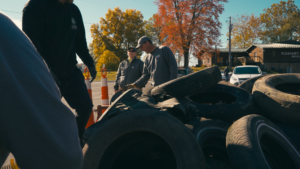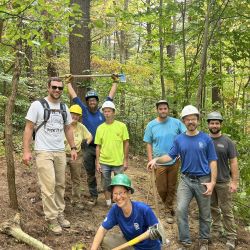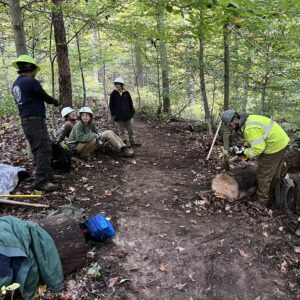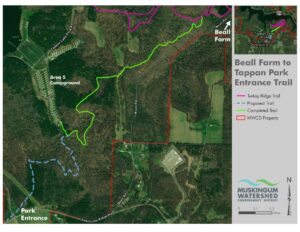MWCD Receives Awards Celebrating Its Core Mission
Flood Prevention and Reduction, Recreation and Conservation All Recognized for Outstanding Performance and Contributions to Communities
The Muskingum Watershed Conservancy District (MWCD) announced awards from three different organizations recognizing achievements in its core missions or flood prevention and reduction, recreation, and conservation.
Flood Prevention and Reduction
Established 90 years ago to prevent and reduce flooding in eastern Ohio in the Muskingum River watershed, MWCD’s work to build and manage its dams has always been central to its work. Its excellence in this mission was recognized recently by the Ohio Dam Safety Organization when it gave MWCD the annual award for the Best Maintained Dam. The award was for MWCD’s work on the eight dams in its Chippewa District.
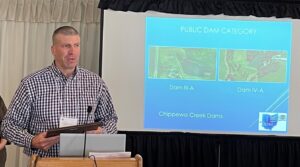 |
| Adam Liston – Project Coordinator, MWCD Chippewa sub-district |
Recreation
MWCD’s achievements in continuing to expand and upgrade its recreation efforts were recognized by the Buckeye Trail Association when it awarded MWCD the Merrill Gilfillan Award for Visionary Agency Partners. The Buckeye Trail is a 1,400-mile network of trails across the state, a portion of which goes through MWCD lands. Named for the founder of the Buckeye Trail Association, the award is for organizations that make extraordinary efforts to partner with the Association to support and maintain the trail.
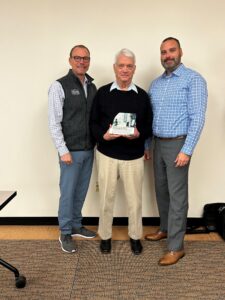 |
| Craig Butler, MWCD Executive Director, Steve Walker, Buckeye Trail Association, Eric Stechschulte, MWCD Deputy Chief Projects and Planning |
Conservation
In recognition of MWCD’s efforts to support other organizations across Appalachia dedicated to protecting and improving wild spaces, the Foundation for Appalachian Ohio (FAO) awarded MWCD the Chaddock Philanthropist of the Year Award. The award celebrates people and organizations that have made an outsized difference in Appalachia through gifts of philanthropy.
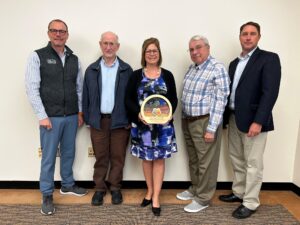 |
| Craig Butler, MWCD Executive Director, Gordon Maupin, MWCD Board Member, Jennifer Ponchak, MWCD Board Member, Robert Moorehead, MWCD Board Member, Matt Thomas, MWCD Chief of Conservation |
“Serving Eastern Ohio is a mission to which the people of MWCD are deeply committed. They don’t do it for recognition but when we are recognized for doing the right thing and doing it well it is something we appreciate. MWCD is a unique resource for our state and region, and we have some of the best professionals in dam management, recreation and conservation anywhere in the country. We are honored to receive these awards, which reflect our organization’s dedication to excellence. It is a testament to the hard work, passion, and collaboration of our team in maintaining the highest standards in dam safety, supporting recreational trails, and contributing to the betterment of the Appalachian community,” said Craig Butler, Executive Director, MWCD.




